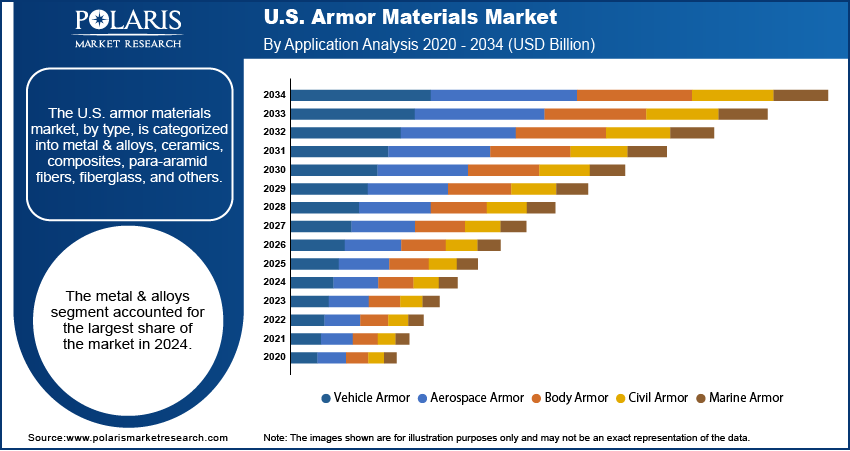Using CNC Production Machining Services
In today’s manufacturing landscape, precision, efficiency, and scalability are more critical than ever. One solution that meets these demands is CNC (Computer Numerical Control) production machining. From small parts to complex components, CNC machining has become a cornerstone of modern manufacturing, offering unparalleled accuracy and consistency.
What Is CNC Production Machining?
CNC production machining is a process where computer-controlled machines shape raw materials into precise components. Unlike manual machining, CNC systems use digital instructions to control tools and movement, ensuring uniformity across large production runs. Common processes include milling, turning, drilling, and grinding, all of which can be automated for efficiency.
Benefits of CNC Production Machining
1. High Precision and Consistency
CNC machines operate with extremely tight tolerances, often within microns. This ensures that every part produced meets exact specifications, reducing errors and minimizing waste.
2. Scalability for Large and Small Runs
Whether a company needs a few prototypes or thousands of units, CNC machining can be adapted to production volume without compromising quality.
3. Faster Production Times
Automation reduces manual labor and accelerates production cycles. CNC machines can work continuously, enabling manufacturers to meet tight deadlines and high-demand schedules.
4. Complex Geometries Made Simple
CNC systems can create intricate designs that would be challenging or impossible to achieve with manual machining. This capability opens up new possibilities for product design and innovation.
5. Cost-Effective Over Time
While initial setup and programming require investment, CNC production machining reduces labor costs and material waste, leading to long-term savings.
Applications Across Industries
CNC production machining is used in numerous industries, including:
Automotive: Engine components, gears, and custom parts.
Aerospace: High-strength components with precise tolerances.
Medical: Surgical instruments and prosthetics.
Electronics: Housings, connectors, and heat sinks.
Choosing the Right CNC Machining Service
Selecting the right service provider is critical for maximizing the benefits of CNC production machining. Consider the following factors:
Experience and Expertise: Look for providers with a proven track record in your industry.
Capabilities and Equipment: Ensure they have machines suitable for your material and part complexity.
Quality Assurance: Confirm that the provider follows rigorous inspection and testing standards.
Turnaround Times: Reliable services should meet your production deadlines consistently.
CNC production machining services provide manufacturers with precision, efficiency, and flexibility. By leveraging advanced computer-controlled technology, businesses can produce high-quality components, streamline production, and innovate faster than ever. Investing in a reliable CNC machining service is a strategic decision that can elevate product quality and overall competitiveness in today’s demanding marketplace.
https://www.acro-metal.com/
Using CNC Production Machining Services
In today’s manufacturing landscape, precision, efficiency, and scalability are more critical than ever. One solution that meets these demands is CNC (Computer Numerical Control) production machining. From small parts to complex components, CNC machining has become a cornerstone of modern manufacturing, offering unparalleled accuracy and consistency.
What Is CNC Production Machining?
CNC production machining is a process where computer-controlled machines shape raw materials into precise components. Unlike manual machining, CNC systems use digital instructions to control tools and movement, ensuring uniformity across large production runs. Common processes include milling, turning, drilling, and grinding, all of which can be automated for efficiency.
Benefits of CNC Production Machining
1. High Precision and Consistency
CNC machines operate with extremely tight tolerances, often within microns. This ensures that every part produced meets exact specifications, reducing errors and minimizing waste.
2. Scalability for Large and Small Runs
Whether a company needs a few prototypes or thousands of units, CNC machining can be adapted to production volume without compromising quality.
3. Faster Production Times
Automation reduces manual labor and accelerates production cycles. CNC machines can work continuously, enabling manufacturers to meet tight deadlines and high-demand schedules.
4. Complex Geometries Made Simple
CNC systems can create intricate designs that would be challenging or impossible to achieve with manual machining. This capability opens up new possibilities for product design and innovation.
5. Cost-Effective Over Time
While initial setup and programming require investment, CNC production machining reduces labor costs and material waste, leading to long-term savings.
Applications Across Industries
CNC production machining is used in numerous industries, including:
Automotive: Engine components, gears, and custom parts.
Aerospace: High-strength components with precise tolerances.
Medical: Surgical instruments and prosthetics.
Electronics: Housings, connectors, and heat sinks.
Choosing the Right CNC Machining Service
Selecting the right service provider is critical for maximizing the benefits of CNC production machining. Consider the following factors:
Experience and Expertise: Look for providers with a proven track record in your industry.
Capabilities and Equipment: Ensure they have machines suitable for your material and part complexity.
Quality Assurance: Confirm that the provider follows rigorous inspection and testing standards.
Turnaround Times: Reliable services should meet your production deadlines consistently.
CNC production machining services provide manufacturers with precision, efficiency, and flexibility. By leveraging advanced computer-controlled technology, businesses can produce high-quality components, streamline production, and innovate faster than ever. Investing in a reliable CNC machining service is a strategic decision that can elevate product quality and overall competitiveness in today’s demanding marketplace.
https://www.acro-metal.com/






